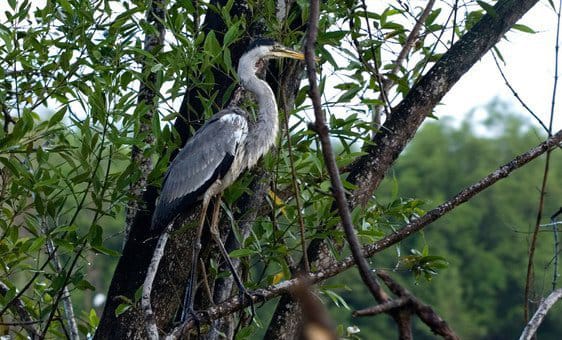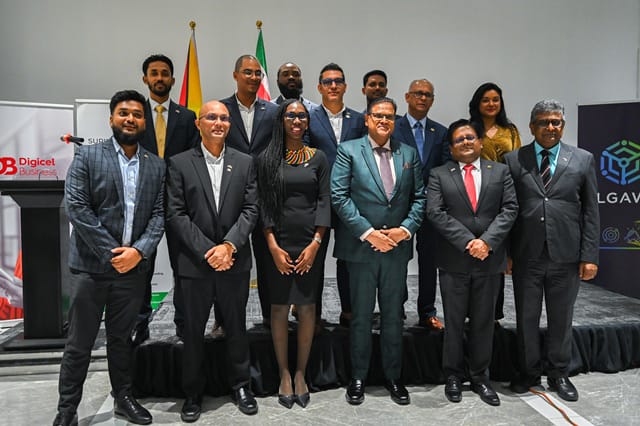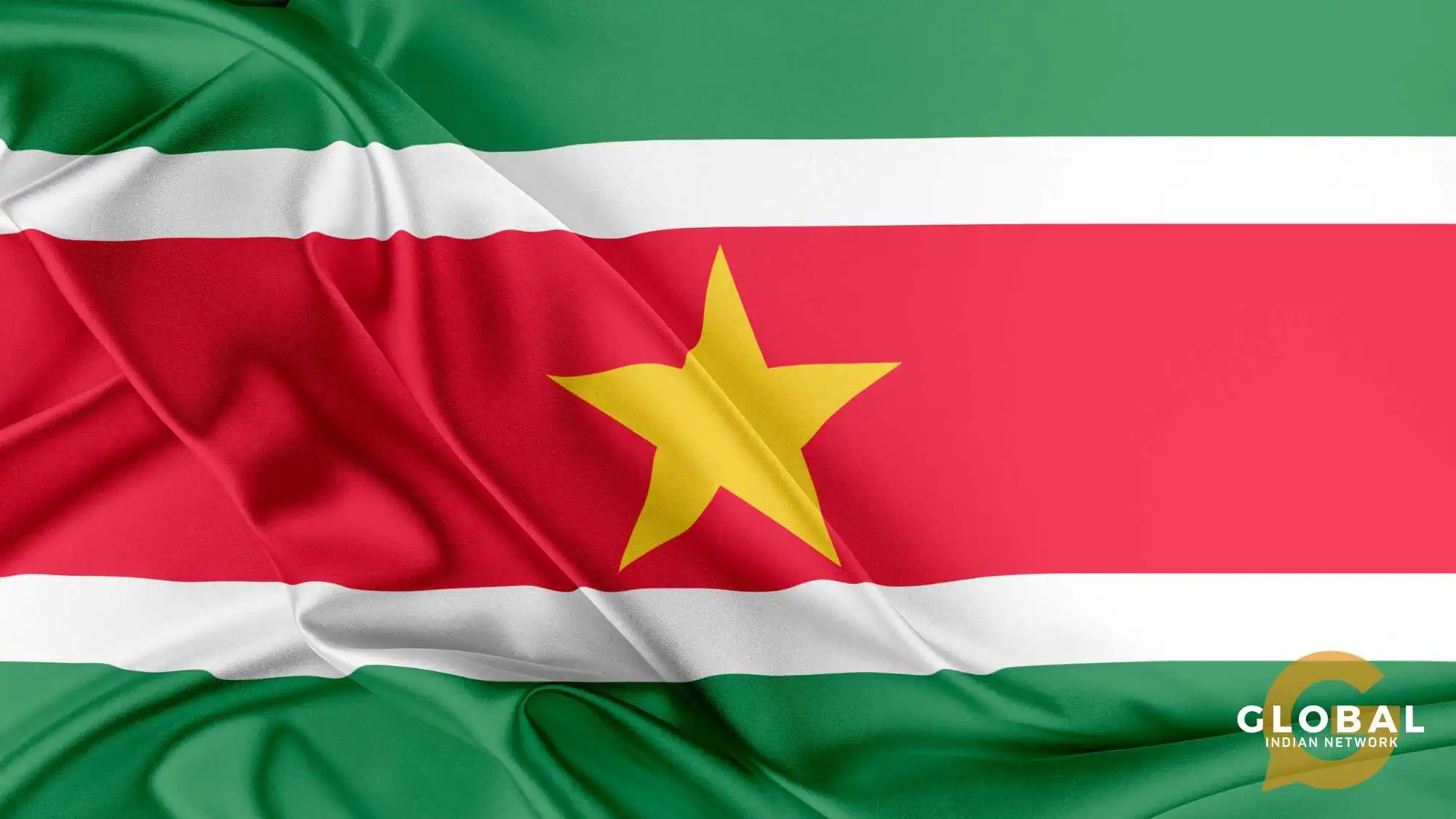The initiative towards sustainable development in Suriname started when Suriname received a grant from the Sustainable Development Goals (SDG) to establish a Sustainable Financing Roadmap. Sustainable actions towards an equitable future will not only be a gender-responsive approach but also a development process in all sectors that have deep inequalities and lack certain developmental factors.

However, it is a complex challenge for a place like Suriname, which lacks a finance sector. Let us learn how Suriname is building a development network towards sustainable growth.
Table of Contents
Sustainable Development in Suriname: Balancing Environmental Conservation and Economic Growth
Environmental Conservation
The first step towards sustainable development in Suriname is to take initiatives to combat environmental challenges and promote sustainable practices. This has been initiated by investing in renewable energy projects, afforestation programs, and climate-resilient infrastructure. All these processes help in mitigating the impact of climate change.
Suriname’s commitment to balancing environmental conservation is evident through its emphasis on sustainable land use and preserving biodiversity. It even emphasizes the reduction of greenhouse gas emissions, which is a vital step towards sustainable development goals, ensuring a greener and healthier environment for future generations.

Economic Growth
Besides balancing the environment, sustainable development in Suriname also ensures economic growth. Suriname was sinking into a financial crisis in the years of (the COVID-19) pandemic. After years of falling exports and depleted reserves, the country faced a balance of payments crisis. Inflation in Suriname was the highest again in the Caribbean in 2021 and the first few months of 2022.
However, Chan Santokhi’s initiatives gave hope for Suriname’s economic growth. Santokhi’s visit to Beijing and Belgium showcased expanding foreign relationships, which is a positive sign for the country’s financial rise. Even TotalEnergies’ USD 9 billion investment in offshore oil drilling in Suriname helps create jobs and economic activities.

Surinamese have collaborated with International Monetary Fund (IMF) through Extended Fund Facility (EFF), which played a key role in achieving economic growth. Towards the end of 2023, the decline in the price of petrol and foreign currency exchange rates made a decrease in the inflation rate possible. Thus, Surinamese is moving towards sustainable solutions for economic growth.
RELATED READING: How the Chairman of the Progressive Reform Party Shapes Suriname’s Politics
Sustainable Development in Suriname: Quality Education
In Suriname, the quality of education was lower, but the pandemic aggravated the condition of the education process much lower than earlier. If appropriate measures are not taken to ensure a smooth education process, approximately 300 million students will lack the basic numeracy and literacy skills necessary for success. Even an estimated 84 million children will stay out of school by 2030.
National investment should be made in this sector to achieve high-quality education in Suriname. Measures such as making free and compulsory education, increasing the number of teachers, improving basic school infrastructure, and embracing digital transformation can lead to sustainable development in Suriname’s educational sector.

The Surinamese government has ensured that both Indigenous and non-indigenous people have equal access to quality education. Besides the reduction of inequalities in education, it is also taken into account that everyone, despite their age, gender and economic status, receives opportunities for constructive learning and attitudes from the initial days of life either through school, in the workplace, or their homes and communities.
ALSO READ: Understanding the Guyana and Suriname Border Dispute
Sustainable Development in Suriname: Taking Action Towards Climate
To ensure sustainable development, the Surinamese government made a promise to the entire world and itself that it would enable cooperation in mitigating the effects of climate change. Efforts had to be put into action to help protect the environment and find alternative, environmentally friendly ways. The Republic of Suriname shows complete dedication towards implementing the necessary climate actions by depositing its ratification instrument to the Paris Agreement.
The Government institutions decided to collaborate with the United Nations Development Programme (UNDP) to participate in the Climate Promise initiative, setting an example to the entire world that Suriname is ready to take necessary actions to limit the average global temperature rise to a safer 1.5 °C.

Certain climate resilience measures in the coastal area as well as in the interior will empower development through sustainable and clean technology. The National Climate Change Policy, which derives from the Development Plan, aims to build upon and support the objectives of the national sectoral policies, such as water, energy, transport, etc.
Suriname is advancing towards environmental sustainability not only through the establishment of partnerships for the goals but also by launching the National Strategy for Disaster Risk Reduction (Country Work Programme), which aligns with the nation’s climate change adaptation plans and actions.

Sustainable Development in Suriname: Fostering Partnerships and Collaborations
The Surinamese government partnered with the leaders of many private sector firms to accelerate progress towards reaching the Sustainable Development Goals, which address poverty, inequality, climate change, and other significant challenges. Suriname continues to maintain a robust business relationship with Guyanan, as the Suriname\Guyana Chamber of Commerce (SGCC) was officially launched in Georgetown in February of this year.

YOU MIGHT BE INTERESTED IN:
- Leading with Purpose: Shaping Suriname’s Future with Anuskha Sonai
- Dilip Sardjoe: The Business Socialist Who Shaped Suriname’s Economy and Politics
- Suriname Visa Requirements: Everything You Need to Know Before You Go
- Celebrating Powerful Women of Suriname: Figures Who Are Making a Difference
Conclusion
Sustainable development in Suriname can be attributed to many factors. By collaborating with multilateral and international organizations, its agenda for sustainable development became the initial pilot project. Then, according to the institutional capacity and national development processes, Suriname tried to implement its policy centre.
While considering the sustainable future and institutional capabilities, the development objective is possible because of the voluntary contributions by community-based organizations and Indigenous and tribal peoples organizations. Thus, Suriname tries to strengthen its roadmap and play a crucial role in creating an equitable society and continuing its commitment to sustainability.

FAQs
Is Suriname the Greenest Country in the World?
Suriname is a country which still has 90% of its forests and vegetation.
What are the Environmental Issues in Suriname?
Suriname has certain environmental issues like drought problems, flooding and air and soil pollution due to expanding landfills.
What is the Happiness Index in Suriname?
Roughly speaking, Suriname has a happy index of 6.27 score.









